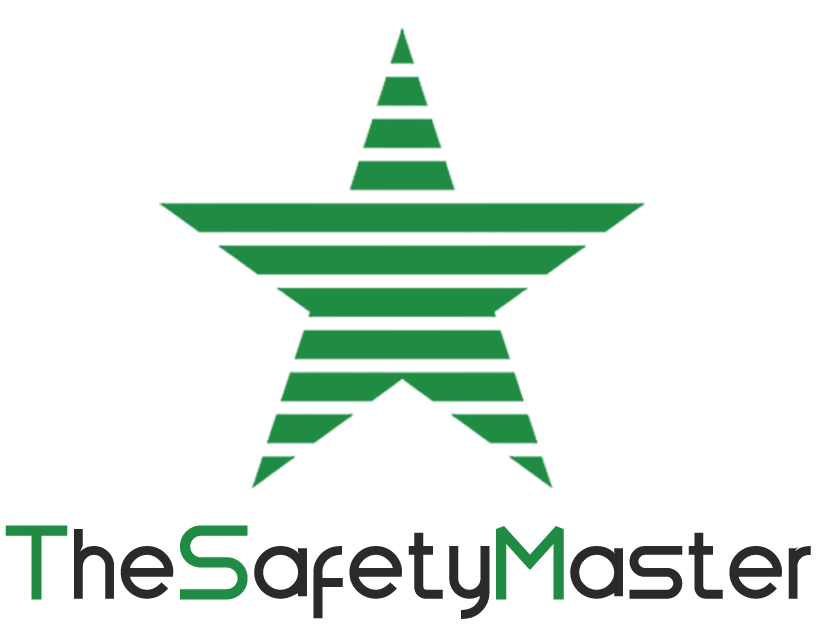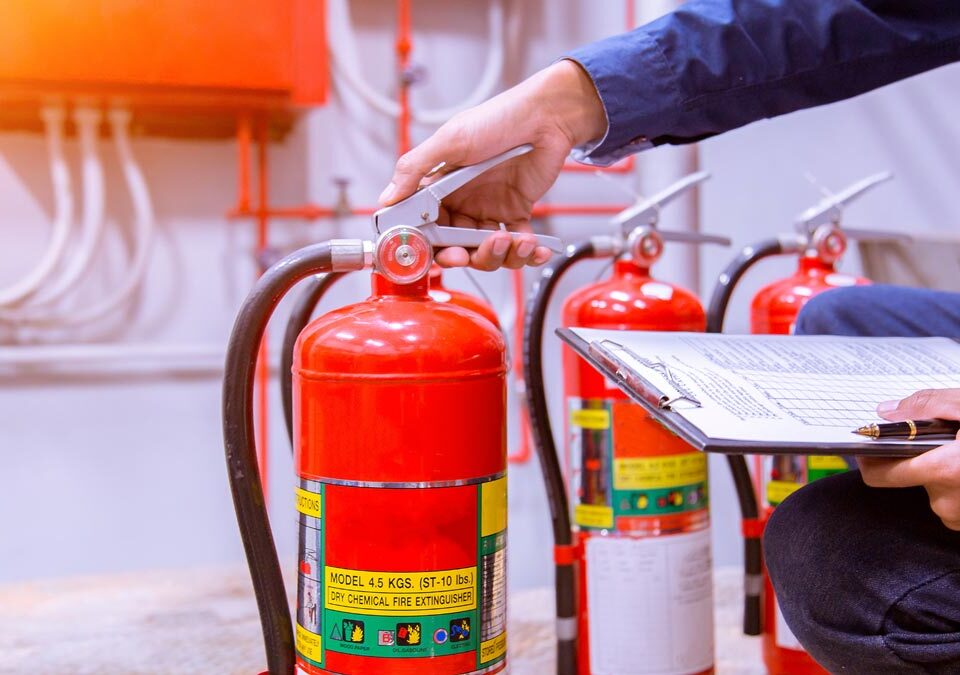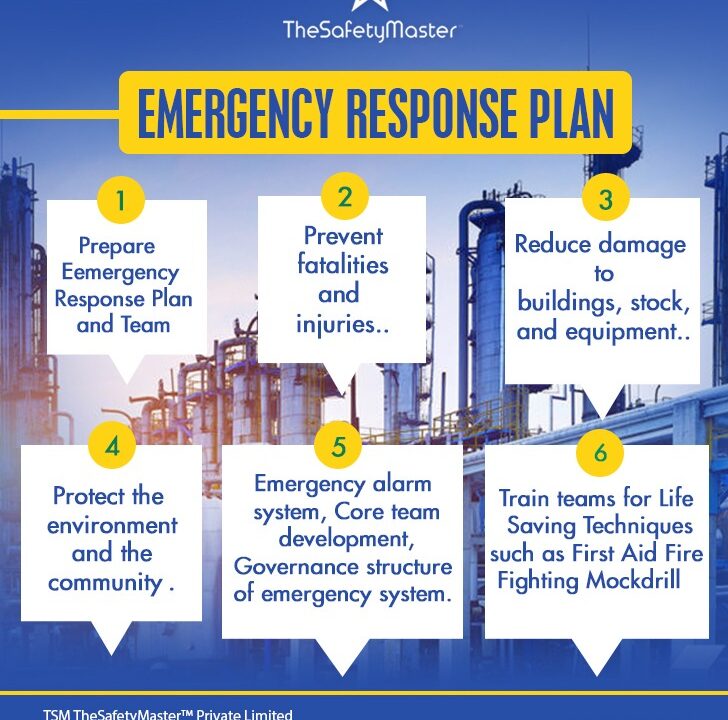How IoT, AI, and Drones Are Revolutionizing the Fire Safety Audit Process

The Role of Technology in Modern Fire Safety Audits
July 11, 2025
Revolutionizing Process Safety Management: How AI Is Transforming Hazard Recognition and Risk Analysis
July 14, 2025Fire safety is no longer just about smoke alarms and extinguishers. In the age of smart buildings, intelligent machines, and real-time data, fire safety audits have evolved dramatically. Emerging technologies like the Internet of Things (IoT), Artificial Intelligence (AI), and drones are not only enhancing the accuracy and efficiency of audits but also making workplaces and public facilities safer than ever.
This blog will give you a deep dive into how each of these technologies contributes to modern fire safety audits—and why they matter.
Understanding the Traditional Fire Safety Audit
Before exploring how technology transforms this space, it’s essential to understand what a fire safety audit typically involves. Traditionally, fire safety audits include:
- Visual inspection of firefighting equipment like extinguishers, sprinklers, and alarms
- Checking fire exits, emergency lighting, and signage
- Reviewing electrical panels and wiring
- Ensuring compliance with local fire codes and safety standards
- Evaluating evacuation procedures and staff awareness
These tasks are often performed manually, are time-consuming, and can be prone to human error. This is where new-age technologies step in.
The Internet of Things (IoT): Real-Time Monitoring at Your Fingertips
What is IoT in Fire Safety?
IoT refers to interconnected devices that communicate data to central systems. In fire safety, this includes smart smoke detectors, heat sensors, gas leak monitors, and even smart fire extinguishers.
Key Applications of IoT in Fire Safety Audits:
- 24/7 Monitoring:
IoT sensors provide round-the-clock surveillance. Instead of relying on annual checks, safety officers can now monitor equipment status, air quality, and temperature fluctuations in real time. - Predictive Alerts:
If a sensor detects unusual heat or gas levels, it sends immediate alerts to the safety team’s devices, allowing preventive action before an actual fire starts. - Data Logging and Reports:
IoT systems automatically log data for future audits and compliance. This eliminates manual paperwork and helps generate accurate reports effortlessly. - Remote Diagnostics:
Facility managers can now identify failing or expired equipment remotely, reducing downtime and improving readiness.
Why It Matters:
IoT-enabled systems reduce human error, improve response times, and ensure constant vigilance, which is crucial for high-risk areas like factories, data centers, and hospitals.
Artificial Intelligence (AI): Smarter Insights, Faster Decisions
What is AI in Fire Safety?
AI systems use algorithms to analyze data from various sources—sensor feeds, past incidents, structural layouts—and make informed predictions or decisions.
AI Applications in Fire Safety Audits:
- Risk Assessment & Prediction:
AI can analyze historical fire incident data to identify high-risk areas or equipment likely to fail. This predictive capability allows focused audits and preemptive repairs. - Smart Checklists and Virtual Assistants:
AI-powered tools guide auditors through customized digital checklists, ensuring that no inspection point is missed. Some even adapt based on facility type and previous issues. - Image Recognition:
AI models can analyze images or CCTV footage to detect blocked fire exits, missing signage, or unsafe storage practices. - Evacuation Modelling:
AI can simulate evacuation scenarios using building layouts and occupancy data, identifying potential bottlenecks or hazards in emergency routes.
Why It Matters:
AI enhances the accuracy of audits, speeds up inspections, and helps organizations adopt a preventive rather than reactive approach to fire safety.
Drones: Accessing the Inaccessible
What Are Drones in Fire Safety?
Drones are unmanned aerial vehicles (UAVs) equipped with high-resolution or thermal cameras. In fire safety audits, drones are used to survey hard-to-reach or high-risk areas safely.
Key Uses of Drones in Fire Safety Audits:
- Inspecting High Structures:
Roofs, chimneys, and solar panels are difficult and dangerous to access. Drones provide a bird’s eye view without risking human safety. - Thermal Imaging:
Drones with thermal cameras detect heat leaks, overloaded circuits, or overheated machinery—common fire starters. - Post-Incident Assessment:
After a fire, drones help evaluate structural damage and assess whether areas are safe for entry. This helps plan recovery and future risk mitigation. - Mapping and Documentation:
Drones can generate 3D maps or models of the building, aiding in fire prevention planning and training simulations.
Why It Matters:
Drones make audits safer, more thorough, and less time-consuming—especially in large industrial facilities or high-rise buildings.
Real-Life Scenarios: A Day in a Tech-Driven Fire Audit
Let’s consider a fire safety audit at a large manufacturing facility using IoT, AI, and drones.
- The IoT system has been tracking sensor data for months. The safety team downloads the report and finds that a heat sensor near the boiler room frequently logs above-normal temperatures.
- An AI tool cross-references this with equipment maintenance records and flags a risk. It also notes that an extinguisher in the same zone is overdue for inspection.
- A drone is flown over the warehouse to inspect the roof-mounted solar panel units and ventilation systems. The drone’s thermal camera detects a small area of heat concentration—likely a wiring issue.
- The team consolidates this information into a cloud-based report, tags the maintenance team, and schedules repairs—all within hours.
This integrated audit is faster, safer, and significantly more effective than traditional methods.
Key Benefits of Tech-Driven Fire Safety Audits
| Technology | Key Benefit |
|---|---|
| IoT | Real-time monitoring, faster alerts, detailed reports |
| AI | Data-driven insights, predictive maintenance, smarter planning |
| Drones | Enhanced access, thermal scanning, visual documentation |
Are These Technologies Expensive?
Cost is a valid concern. While the initial setup of IoT sensors or drone purchases may seem expensive, the return on investment (ROI) is high:
- Reduced fire-related losses
- Fewer compliance fines
- Lower insurance premiums
- Efficient manpower utilization
- Enhanced employee and asset safety
Cloud-based systems and subscription-based tools also make it affordable for small and mid-sized businesses.
Challenges to Consider
Despite the benefits, a few challenges remain:
- Data privacy and security: Especially with cloud-based audits
- Training needs: Staff must be educated to use and maintain these systems
- Initial costs: Particularly for AI tools and drone setups
That said, these are outweighed by the long-term gains in safety and compliance.
The Future of Fire Safety Audits
The future will likely include:
- Automated audits using robotics
- Blockchain for tamper-proof safety logs
- Augmented reality for real-time on-site guidance
- Integrated dashboards combining IoT, AI, and drone data
Fire safety audits will soon become a continuous, tech-enabled process instead of a once-a-year checklist.
Final Thoughts
As technology continues to reshape how we live and work, fire safety must evolve alongside. Embracing IoT, AI, and drones doesn’t just improve the quality of fire safety audits—it saves lives, protects assets, and ensures peace of mind.
If you’re a facility manager, safety officer, or business owner, now is the time to explore these technologies and future-proof your fire safety processes. A smart audit today can prevent a disaster tomorrow.




